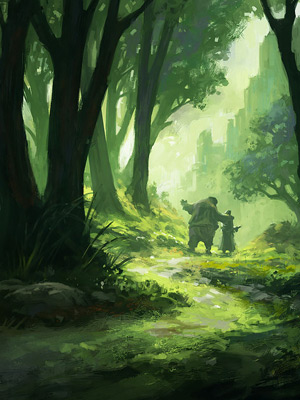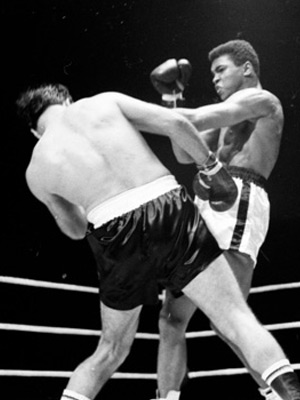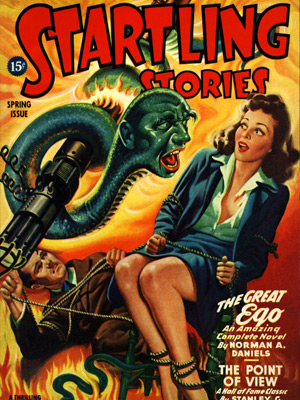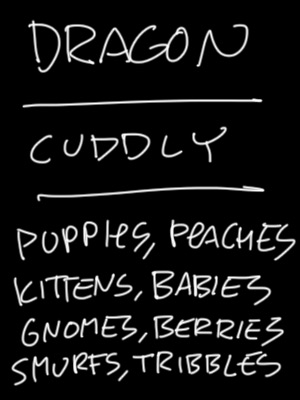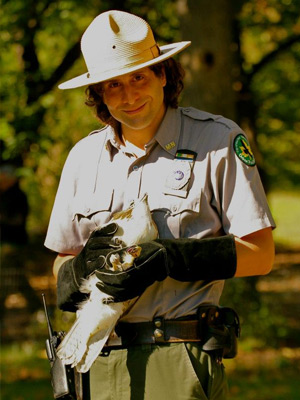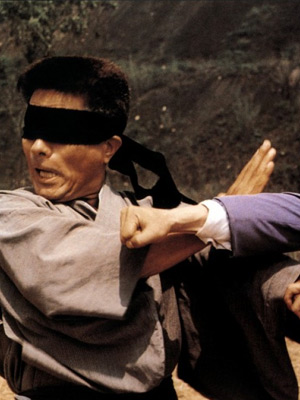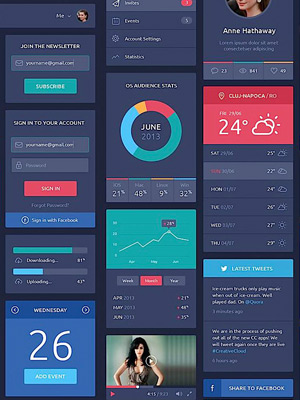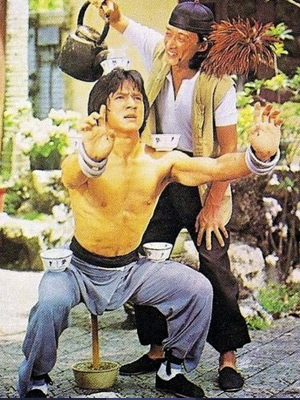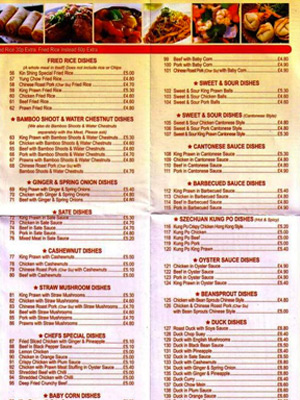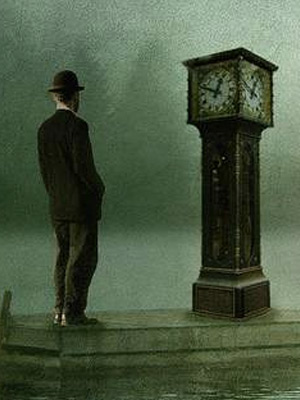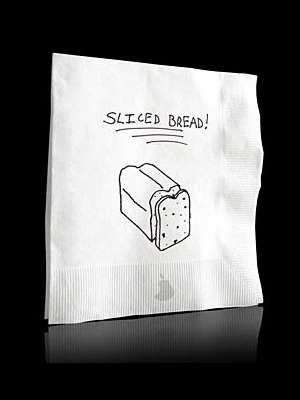 I'm going to share a personal revelation from several years ago - designing and playing music use very different parts of the brain. If I worked all day then did an evening gig it took at least an hour before I warmed up and transitioned to using the right bits of my brain. The music bits. It wasn’t just a case of warming up my muscles, I had shift my emotional/cerebral patterns before I could play well. I learned to set aside time for the transition.
I'm going to share a personal revelation from several years ago - designing and playing music use very different parts of the brain. If I worked all day then did an evening gig it took at least an hour before I warmed up and transitioned to using the right bits of my brain. The music bits. It wasn’t just a case of warming up my muscles, I had shift my emotional/cerebral patterns before I could play well. I learned to set aside time for the transition.
Warming up your brain before you dive into any creative task, like brainstorming, will make you more effective at that task. Well, duh. This isn’t a revelation so much as a reminder. Feeding your brain with ideas will help new ideas come quicker. If you’re about to choreograph a new dance piece, watch other dances (of other styles, even. Gasp!). If you’re baking a cake, visit a bakery. If you’re designing a new toy, visit a toy store. You get the idea. Then, when you’ve changed your state and fed your brain, start brainstorming.
